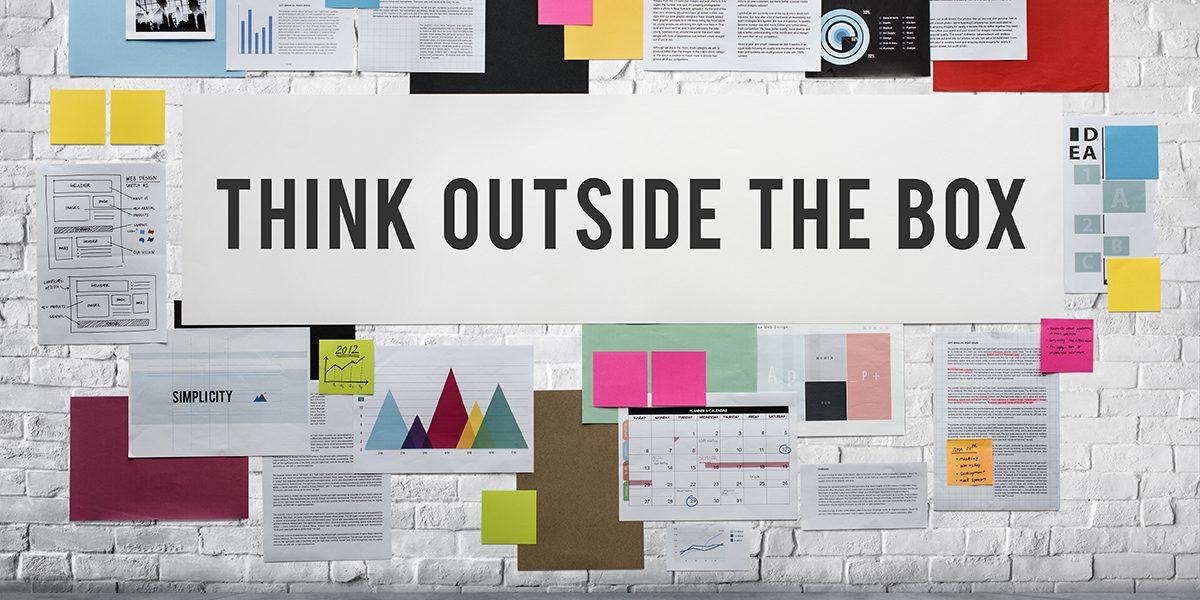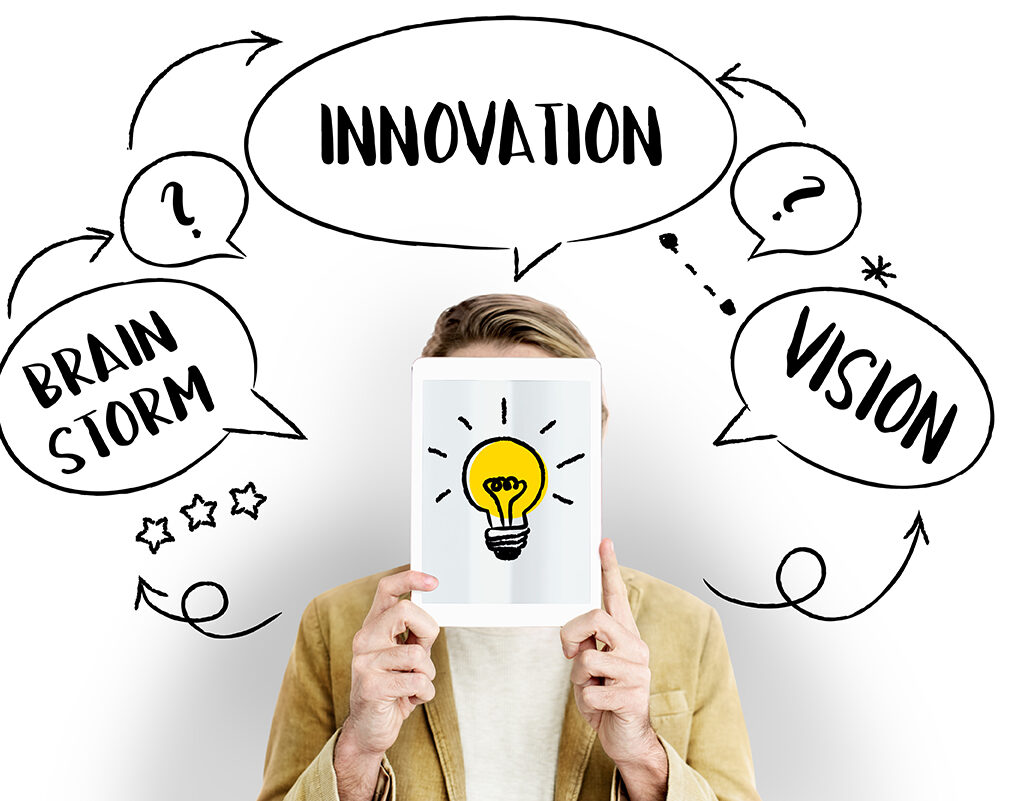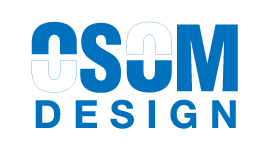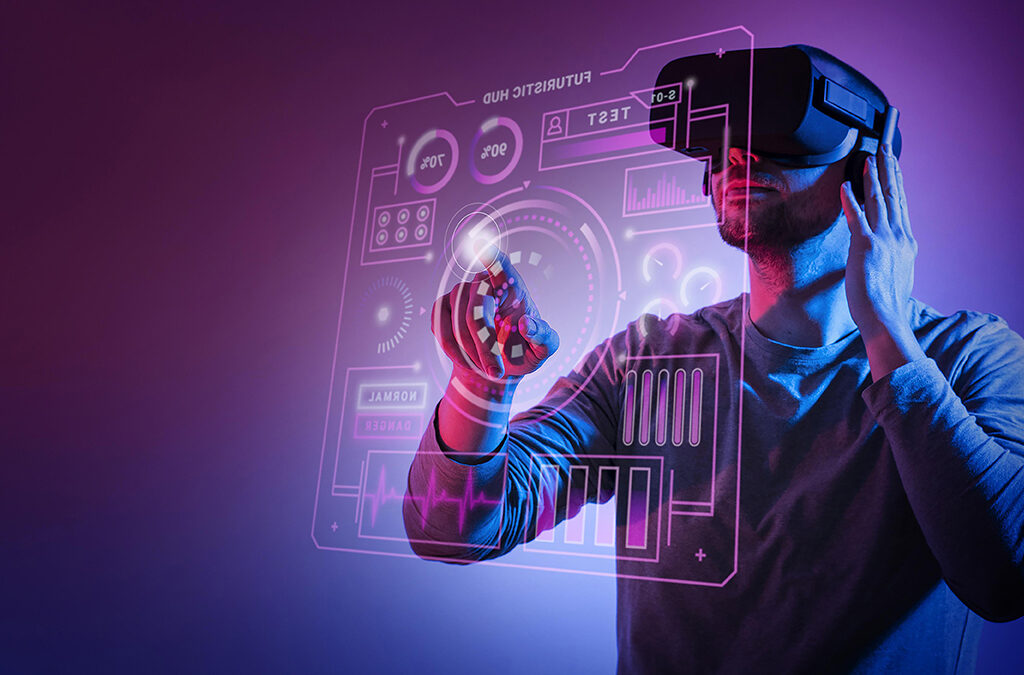
How AI is Disrupting the Design Job Market
This has led to concerns that AI will displace designers and lead to job losses. However, it is important to remember that AI is not a threat to designers. Instead, it is an opportunity for designers to evolve their skills and become more creative.
Artificial intelligence (AI) is rapidly changing the world, and the design job market is no exception. AI-powered tools are becoming increasingly sophisticated, and they are capable of automating many of the tasks that were once done by human designers.
AI can automate many of the repetitive and time-consuming tasks that designers face. This frees up designers to focus on more creative and strategic work. For example, AI can be used to generate wireframes, mockups, and prototypes. This can save designers a lot of time and allow them to focus on the user experience.
AI can also be used to analyze data and identify trends. This can help designers make better decisions about the design of their products and services. For example, AI can be used to track user behavior and identify what features are most popular. This information can then be used to improve the design of the product or service.

Of course, there are some challenges that designers will need to face as AI becomes more prevalent. For example, designers will need to learn how to use AI tools effectively. They will also need to be able to think creatively and come up with new ideas that cannot be automated.
However, the opportunities that AI presents for designers far outweigh the challenges. By embracing AI, designers can become more productive, creative, and strategic. They can also use AI to make a bigger impact on the world.
Major AI Tools That Are Trending in the Market
There are a number of AI tools that are trending in the market. Some of the most popular tools include:
- Adobe XD is a design tool that uses AI to automate tasks such as wireframing and prototyping.
- Figma is another design tool that uses AI to help designers create more efficient and effective designs.
- Sketch is a vector graphics editor that uses AI to power its features, such as auto-completion and type-to-shape.
- Framer is a design tool that uses AI to help designers create interactive prototypes.
- Zeplin is a design tool that uses AI to help designers communicate their designs to developers.
- Midjourney is a text-to-image AI tool that can generate realistic images from a user's text prompt.
- ChatGPT is a chatbot AI that can generate creative text content, such as poems, code, scripts, musical pieces, emails, letters, etc.
- DALL-E is an image-generation AI that can create images from text descriptions.
- NVIDIA Canvas is a painting and drawing AI that can create realistic paintings from a user's brushstrokes.
- Leonardo.ai is a generative AI platform that is designed to help designers create better designs. Leonardo.ai uses AI to generate wireframes, mockups, and prototypes. This can save designers a lot of time and allow them to focus on the user experience. Leonardo.ai also offers a number of other features, such as the ability to generate text, code, and music.
- Poems.com is a website that uses AI to generate poems.
These are just a few of the many AI tools that are available to designers. As AI continues to evolve, we can expect to see even more powerful and sophisticated tools that will help designers create better designs.
The Impact of AI on Design-Skilled Employees
The impact of AI on designing skilled employees is still being debated. Some experts believe that AI will lead to job losses, while others believe that it will create new opportunities for designers.
It is likely that AI will have a mixed impact on design-skilled employees. Some jobs will be automated, while others will require new skills and knowledge. Designers who are able to adapt to the changing landscape will be well-positioned for success.

Here are some of the skills that designers will need to develop in order to stay ahead of the curve:
Data analysis skills. Designers will need to be able to analyze data to understand user behavior and identify trends.
Creativity. AI can automate many of the tasks that designers once did, but it cannot replace creativity. Designers will still need to be able to come up with new and innovative ideas.
Problem-solving skills. Designers will need to be able to think critically and solve problems in order to create effective designs.
Communication skills. Designers will need to be able to communicate their ideas effectively to both technical and non-technical audiences.
By developing these skills, designers can ensure that they are prepared for the future of work.
Embrace AI. As mentioned, AI is not a threat to designers. It is an opportunity for designers to evolve their skills and become more creative. By embracing AI, designers can become more productive, creative, and strategic. They can also use AI to make a bigger impact on the world.
Develop new skills. As AI continues to evolve, designers will need to develop new skills in order to stay ahead of the curve. Some of the skills that designers will need to develop include data analysis skills, creativity, problem-solving skills, and communication skills.
Become experts in their field. In order to stay relevant in the design job market, designers will need to become experts in their field. This means staying up-to-date on the latest trends and technologies and developing a deep understanding of the user experience.
Network with other designers. Networking with other designers is a great way to stay ahead of the curve and learn about new opportunities. Designers can network with other designers through online forums, meetups, and conferences.
Be open to change. The design job market is constantly changing, so designers need to be open to change. This means being willing to learn new skills, adapt to new technologies, and take on new challenges.
Stay up-to-date on the latest trends. There are a number of websites and publications that track the latest trends in design. By staying up-to-date on these trends, designers can ensure that their work is relevant and up-to-date.
Experiment with new technologies. AI is just one of the many new technologies that are changing the design landscape. By experimenting with new technologies, designers can discover new ways to create better designs.
Collaborate with other designers. Collaboration is a great way to learn from other designers and get feedback on your work. By collaborating with other designers, designers can expand their skills and knowledge.
Don't be afraid to take risks. The design world is constantly evolving, so designers need to be willing to take risks. By taking risks, designers can create innovative and groundbreaking designs.
By following these tips, designers can ensure that they are prepared for the future of design.
Conclusion
AI is a powerful tool that has the potential to disrupt the design job market. However, it is important to remember that AI is not a threat to designers. Instead, it is an opportunity for designers to evolve their skills and become more creative. By embracing AI, designers can become more productive, creative, and strategic. They can also use AI to make a bigger impact on the world.




